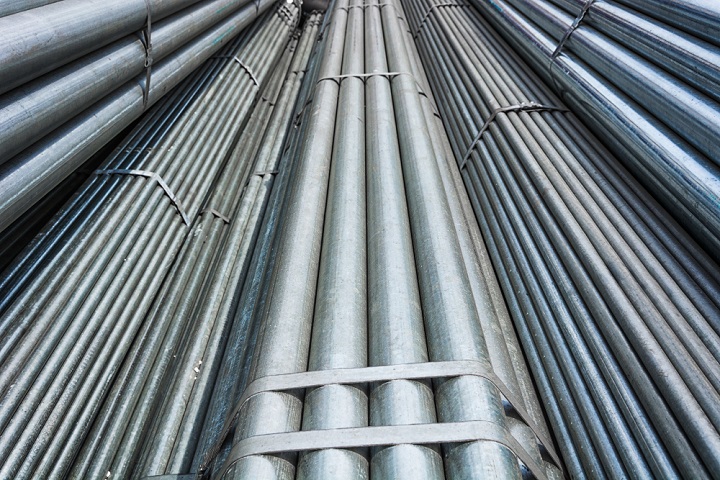 In the fast-paced world of modern industry, a reliable foundation is key. Structural steel pipes offer that stability, playing an essential role across various fields. With their remarkable strength and flexibility, these pipes are now integral to construction, infrastructure and beyond. Steel pipe fabricators stand out for their precision and skill among those crafting these versatile tools. Join us as we learn about structural steel pipes, primary and secondary steel and explore their applications and uses.
In the fast-paced world of modern industry, a reliable foundation is key. Structural steel pipes offer that stability, playing an essential role across various fields. With their remarkable strength and flexibility, these pipes are now integral to construction, infrastructure and beyond. Steel pipe fabricators stand out for their precision and skill among those crafting these versatile tools. Join us as we learn about structural steel pipes, primary and secondary steel and explore their applications and uses.
Understanding Structural Steel Pipes with Steel Pipe Fabricators
Structural steel pipes are not just ordinary pipes. They’re cylindrical steel products designed with a specific purpose in mind. These pipes are produced to have immense strength, flexibility and the ability to withstand substantial pressure. Manufactured through precise processes by reliable steel pipe fabricators, they are used in various industries, from construction to oil and gas.
What sets them apart is their unique blend of rigidity and versatility. They can be shaped, welded and resized to fit various requirements and they adhere to exact standards, making them a preferred choice among professional steel pipe fabricators in many sectors.
The Foundation of All: Exploring Primary Steel
Primary steel results from a complex process that transforms raw iron ore into high-quality steel. It is the most basic form of steel, where impurities are thoroughly removed and certain elements are added to create specific properties.
Primary steel production involves various stages, such as smelting, refining and alloying. It requires careful control of temperature, composition and other factors to ensure the desired characteristics. The result is a strong and versatile material that forms the backbone of modern industry.
Understanding the Many Uses of Primary Steel
The applications of primary steel are vast and varied. Its pure form, strength and ability to be molded into different shapes make it invaluable. Primary steel is the go-to material for construction, automotive and even aerospace.
It is utilized in building bridges, skyscrapers, vehicles and machinery. Its corrosion resistance and other specific properties allow for diverse applications, making it a material trusted and widely used by engineers and architects across the globe.
Secondary Steel: A More Versatile Alternative
Secondary steel, on the other hand, is derived from recycled steel products. It can include remnants from primary steel production or other sources of recycled steel. This form of steel is generally more economical and environmentally friendly, contributing to sustainable practices.
Although it might vary slightly in properties, secondary steel still possesses remarkable strength and adaptability. It is a formidable material and can be employed in similar applications as primary steel, though it often comes at a more accessible cost.
A Closer Examination of the Uses of Secondary Steel
The uses of secondary steel are as diverse as those of primary steel. Steel pipe fabricators often use this alternative for cost-effective solutions without compromising quality. It finds its place in constructing bridges, buildings, machinery and more.
Secondary steel, recycled and reprocessed, supports eco-friendly practices, reflecting a commitment to sustainable development. Its ability to be reutilized makes it an attractive option for various applications, showcasing that quality and sustainability can go hand in hand.
